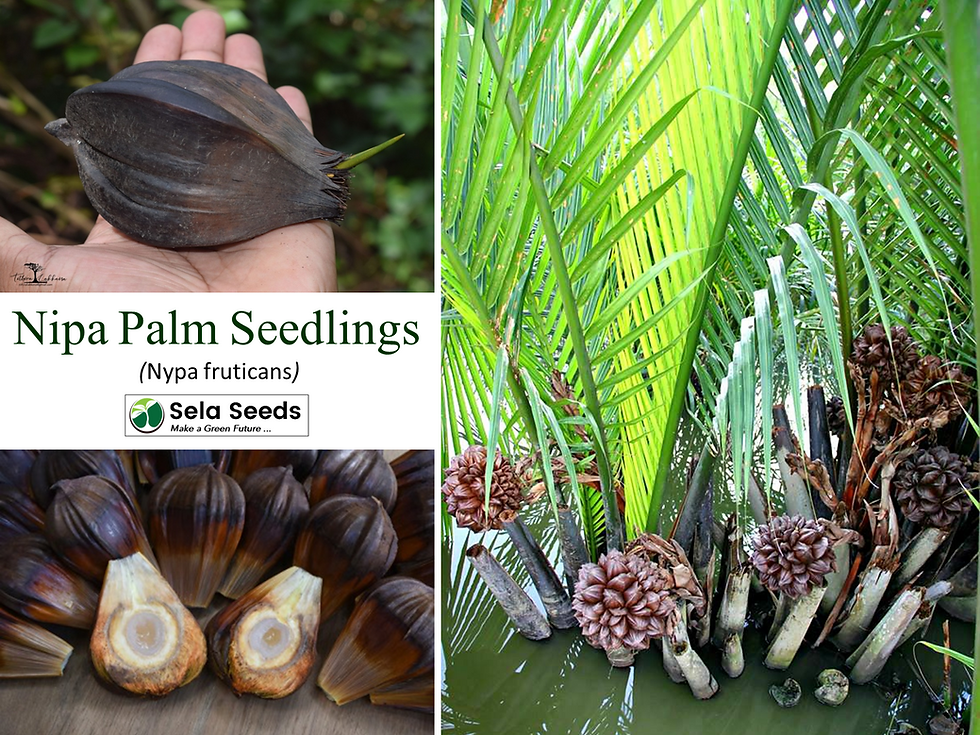White flesh pitaya (Selenicereus undatus ) cuttings
Quantity : x2 CuttingsCutting Size : 6" - 8" Inches (Length)
Common Name(s): Belle-Of-The-Night, Cinderella Plant, Dragon Fruit, Honolulu Queen Jesus in the Cradle Moon flower, Moonlight Cactus, Nightblooming Cactus, Night Blooming Cereus, Pitahya Plant, Pitaya, Queen of the Night, Red Pitaya, Strawberry-Pear
Previously known as: Hylocereus undatus
Dragon Fruit, scientifically known as Hylocereus undatus, originates from the arid regions stretching from Mexico to Honduras. Its name derives from Latin, with Selene meaning 'moon'—a nod to the plant's fascinating nocturnal characteristics. The species name, undatus, translates to 'wavy edges', reflecting the plant's distinctive rib-like structure that characterizes its stems. The fruit, encased in a striking exterior of hard tentacles or scales, resembles the mythical dragon, hence its common name. Despite its formidable appearance, the inside reveals a delightful surprise: a sweet, soft, and fleshy pulp. The fruit's white flesh is dotted with tiny black seeds, offering a mild, pleasant flavor that makes it a refreshing addition to many dishes.
As a member of the Cactaceae family, Dragon Fruit is versatile in its cultivation. It thrives in containers, making it an ideal choice for urban gardeners; however, one must handle it with care due to its spines. This species stands out as the most cultivated in its genus, with farmers enjoying the benefits of 5 to 6 harvest cycles each year. The fruits can weigh anywhere from ½ lb to a substantial 3 lbs, and their vibrant color makes them a popular choice for enhancing juices and various alcoholic beverages. Interestingly, not just the fruit, but the flowers of the Dragon Fruit plant are also edible and are often used in teas for their delicate flavor.
To ensure healthy growth, provide adequate watering during the spring and summer months, continuing until the flowering period concludes. As winter approaches, reduce watering to prevent over-saturation, but avoid allowing the plant to dry out completely. The plant's nocturnal flowers bloom for a single night, and in tropical regions, they rely on bats for pollination, adding to their unique growing dynamics.
For optimal health, it’s essential to maintain the plant by removing any yellowing or dying leaves with clean tools to prevent the introduction of bacterial or fungal diseases. If cultivating Dragon Fruit as a houseplant, ensure adequate humidity, especially in dry heat conditions, and always use lukewarm water for hydration to avoid shocking the plant.
However, growers should be cautious of potential issues. Overwatering or excessive rainfall can lead to stem and root rot, which may cause fruit drop. Conversely, inadequate sun protection can lead to sun-scorch and dehydration, causing the stems to turn brown and detracting from the plant’s health.
In summary, Dragon Fruit is not only a visually stunning plant but also a rewarding one for both garden and culinary enthusiasts. With the right care, it can flourish and produce its exotic fruits, bringing a touch of the tropics to any environment.
top of page
14,00$Prix
Il ne reste que 9 article(s) en stock
Articles similaires
bottom of page
































